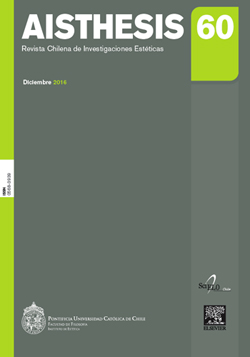Architecture and decoloniality: some ideas on the National School or Plastic Arts by Ricardo Porro
Main Article Content
Abstract
The National Schools of Arts are a paradigmatic architectural ensemble from the known “Romantic Period” in the Architecture of the Cuban Revolution. This moment was characterized by the search of an appropriate architecture according to the circumstances of this country as Postcolonial State. The symbolism that Ricardo Porro granted to his buildings is remarkable, particularly in the case of School of Plastic Arts. This paper aims to interpret that building from a decolonial perspective and demonstrate its value as an alternative to the current architectural coloniality.
Downloads
Article Details

This work is licensed under a Creative Commons Attribution-NonCommercial-ShareAlike 4.0 International License.
All contents of this electronic edition are distributed under the Creative Commons license of "Attribución-shareAlike 4.0 Internacional" (CC-BY-SA). Any total or partial reproduction of the material must mention its origin.
The rights of academic works published in this publication belong to their authors., who grant to AISTHESIS: Revista Chilena de Investigaciones Estéticas the license for its use. The management of the permits and the authorization of the publication of the images (or of any material) that contains copyright and its consequent rights of reproduction in this publication is the sole responsibility of the authors of the articles
